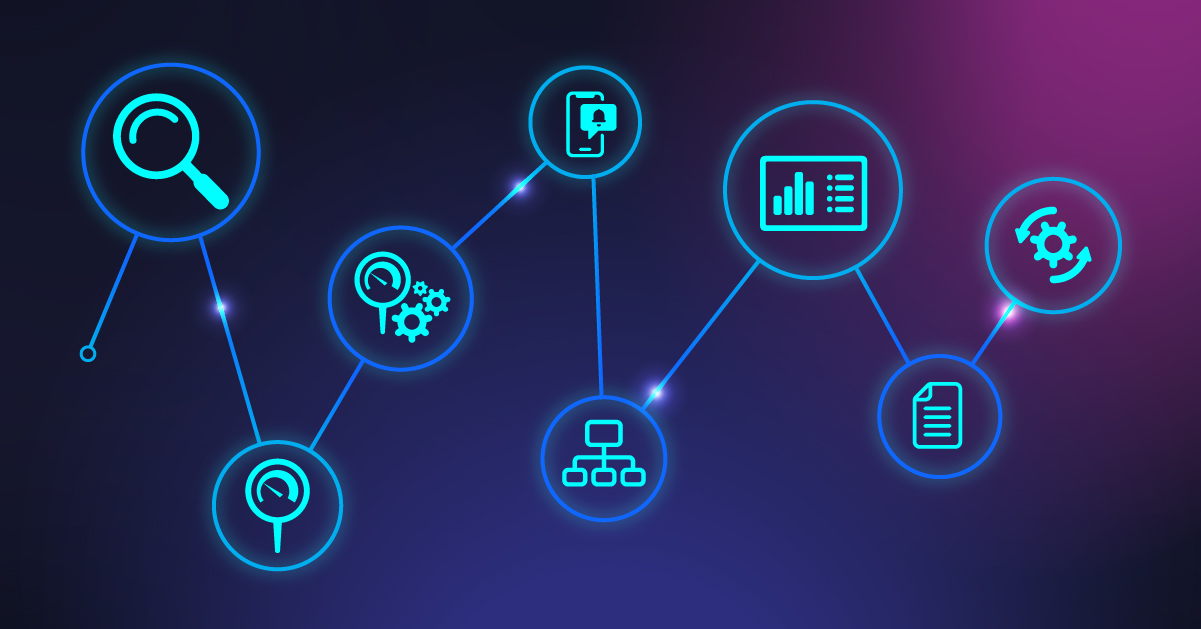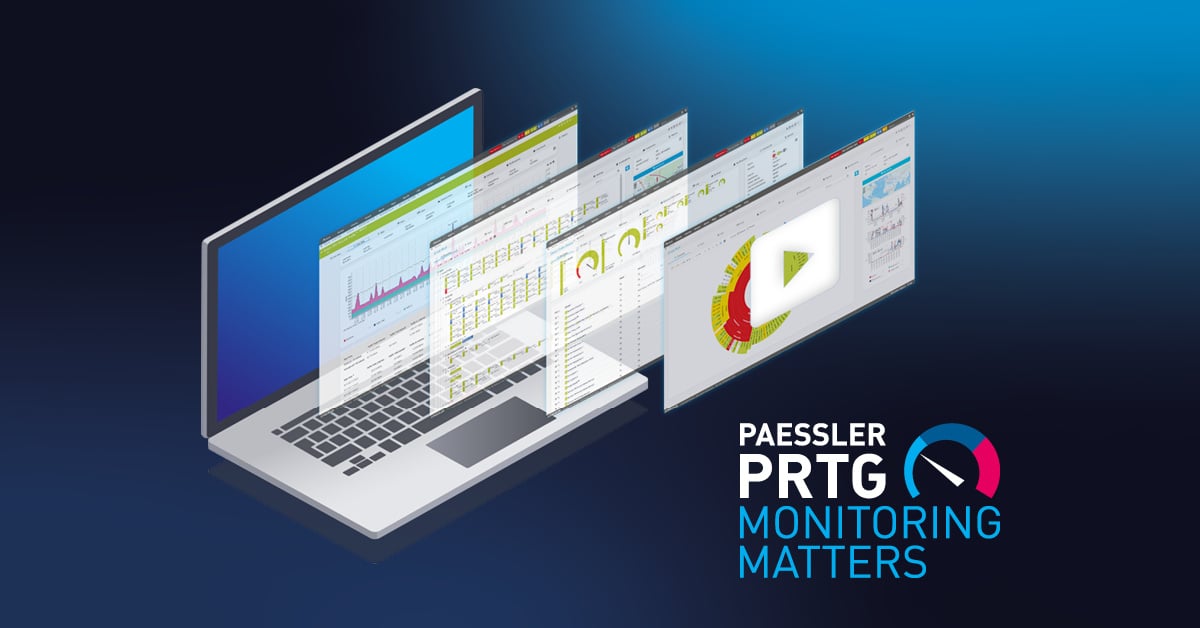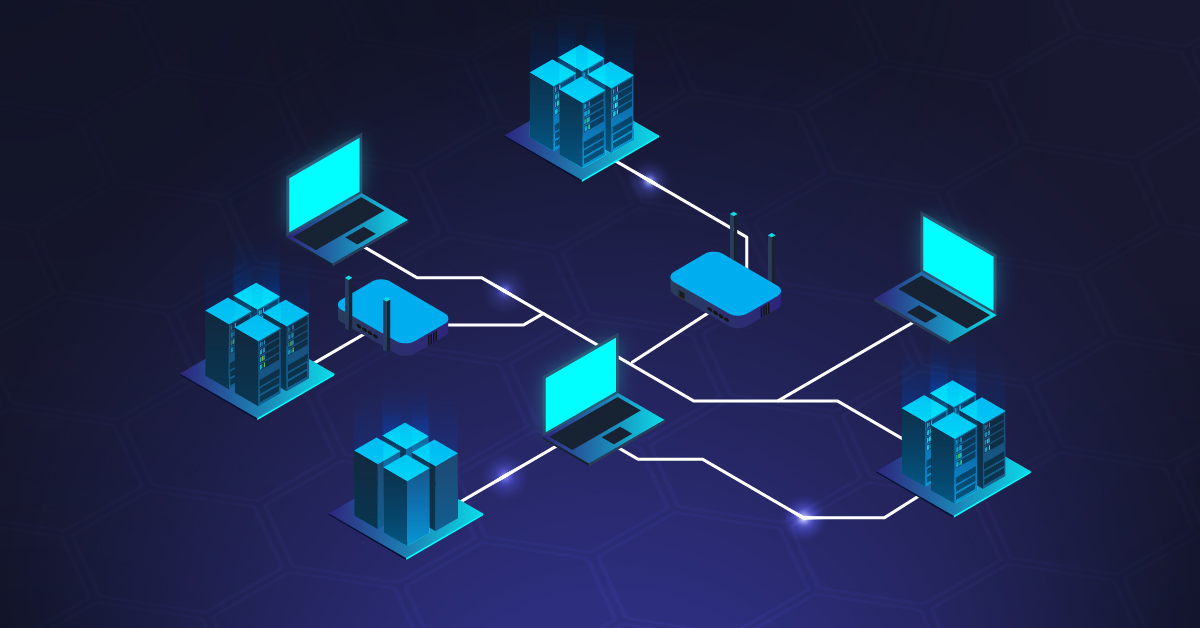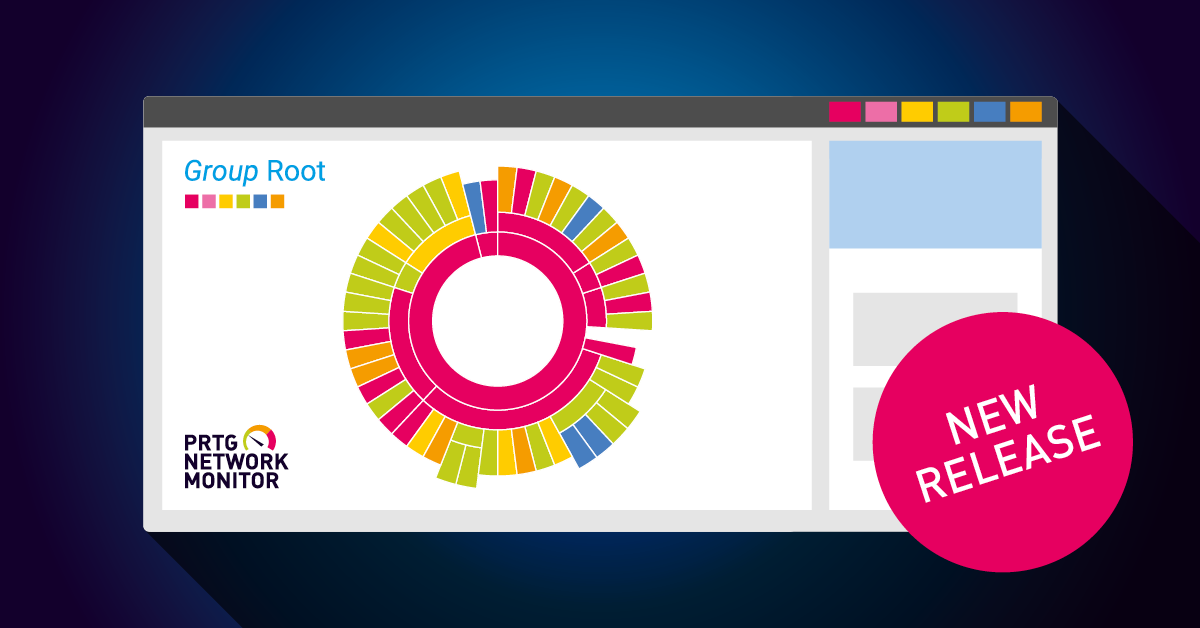Whether you're new to PRTG or looking to take your existing monitoring setup to the next level, our upcoming 8-week series will guide you through a practical, step-by-step journey to transform your PRTG implementation from basic to brilliant.
Each week, we'll publish a new hands-on article that tackles a specific aspect of PRTG, designed to help you build a robust monitoring environment that delivers real value to your organization. Let's take a look at what's coming up!
✅ Discover and monitor all devices
What good is a monitoring solution if it's missing critical devices? Our first week ensures that PRTG sees everything that matters on your network. You'll learn to use auto-discovery effectively and troubleshoot devices that don't respond to ICMP.
By the end of the week, you'll have complete visibility of your infrastructure and a solid foundation for your monitoring strategy.
👉 Discover and monitor all devices: Are you 100% sure every critical device is being monitored?
✅ Move beyond generic sensors
Basic up/down monitoring barely scratches the surface of PRTG's capabilities. Week two explores vendor-specific sensors that provide deeper insights and data granularity. We'll show you how to implement specialized sensors for platforms such as Dell PowerEdge, Veeam and Cisco, turning basic availability checks into comprehensive performance monitoring.
✅ Add third party sensors and templates
The capabilities of PRTG go far beyond what's available out of the box. Week three shows you how to use the PRTG Sensor Hub to extend your monitoring capabilities. You'll learn how to implement third-party and ready-made templates for faster deployment, allowing you to track metrics specific to your business needs.
✅ Set up and optimize notifications
Monitoring is useless if you don't know when something goes wrong. Week four focuses on creating a reliable alerting system. Learn how to configure multiple notification methods for redundancy and set up business-critical alerts with appropriate thresholds to catch problems before users report them.
✅ Group sensors into libraries
As your monitoring environment grows, organization and structure become critical. Week five shows how libraries bring order to complexity. You'll create logical groupings based on location, service, or priority, and apply notification settings to entire groups with a single click, saving valuable administrative time.
👉 Group sensors into libraries: Is your monitoring as organized as your network?
✅ Create your first dashboard (map)
Visual representation changes the way you understand your infrastructure. Week six will help you build meaningful dashboards using PRTG's map feature. Design clear, informative maps that visualize the status of key systems and make troubleshooting more intuitive for both technical and non-technical team members.
👉 Create your first dashboard (map): Ready to visualize your network status?
✅ Automate and customize reporting
Demonstrating the value of IT requires timely, relevant reporting. Week seven focuses on getting the right information to the right people. Learn how to schedule automated reports with customized content for different stakeholders, so you can provide concrete evidence of your system's performance when questions arise.
👉 Automate and customize reporting: How do you prove your systems are working?
✅ Optimize (sensor) performance
Our final week fine-tunes your PRTG implementation for maximum efficiency. We'll guide you through adjusting sensor scan intervals based on device criticality to balance monitoring granularity with system load, ensuring your PRTG setup remains responsive, as your environment grows.
🧳 Ready to start your journey?
Over the next eight weeks, this series will transform your experience with PRTG, whether you're just starting out or looking to refine your existing setup. Each article builds on the previous one, creating a comprehensive approach to network monitoring that aligns with IT best practices.
 The best part? All of these improvements can be made without disrupting your existing operations. Each week, you'll make incremental changes that add up to a robust, efficient monitoring solution.
The best part? All of these improvements can be made without disrupting your existing operations. Each week, you'll make incremental changes that add up to a robust, efficient monitoring solution.
Check back next week for our first part, where we'll ensure that every critical device on your network is properly monitored.
Your journey to monitoring mastery begins now!
 Published by
Published by 













